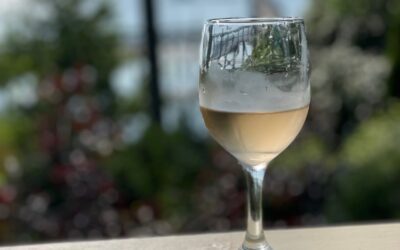Any champagne history buff knows that Aÿ is a village in the Vallée de la Marne sub-region of Champagne and is one of the 17 villages crowned with the prestigious distinction of “Grand Cru” – the “elite” of Champagne wines.
In fact, it is the only Grand Cru ranking village in the Vallée de la Marne (if you place Tours-sur-Marne in the Montagne de Reims) and is of course the Mecca of Pinot Noir.
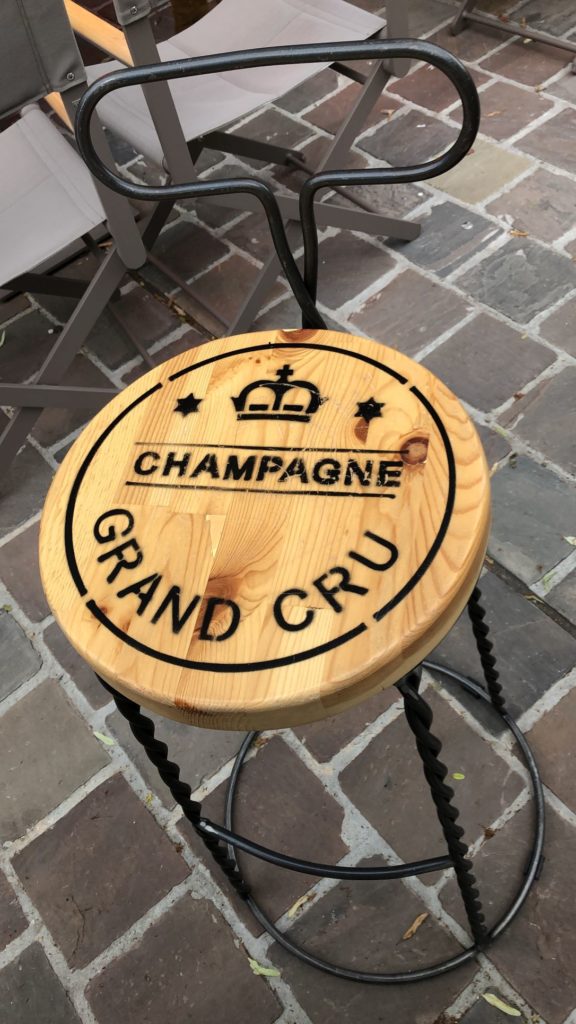
With vineyards predominantly South facing, Aÿ produces outstanding Pinot Noir wines with exceptional power and incredible depth of body – the pride and joy of the 4000-plus Agéens and Agéennes (Aÿ’s Inhabitants).
Aÿ plays a crucial role in the history of Champagne. Its historical significance should not be underestimated.
In fact, one could argue that Aÿ could be considered the birthplace of sparkling champagne.
Back in the 9th Century, wines in Champagne were known by two distinct appellations: Vins de La Riviere (wines from the river) and Vins de La Montagne (wines from the Mountain).
The Vins de La Riviere were traditionally crafted with the grape known as Fromenteau (Pinot Gris) and produced a clear white wine; while the Vins de la Montagne were elaborated using Gouais and Gouais Noir and delivered a red wine.
It was in the 14th Century that Aÿ became synonymous to the “Vins de la Riviere”. As wine drinkers’ palate changed, suddenly all eyes were on Aÿ which was producing white wines known as Clairet. Highly esteemed by the likes of Charles IV and Philippe VI, the wines of Aÿ became the most fashionable wines, and built its reputation as Champagne of Kings.
While Champagne wines in the Middle Ages were still wines, they already exhibited a natural ability to produce effervescence primarily caused by the winter interruption of fermentation. But if bubbles were already forming, no one knew nor fully understood yet how to control the so-called “moussage”.
During the 15th century the wines of Champagne faced fierce competition from the wines of Burgundy -especially when King Louis XI (1461-1483) annexed Burgundy and proceeded to favor Burgundian wines. A bitter rivalry ensued between the two wine regions (Burgundy and Champagne).
It wasn’t until the 16th Century that Aÿ’s fame reached new heights. When a better-quality grape called Pinot Noir made its debut in the 1500s, Aÿ, ahead of the game, immediately embraced it and commenced production of a “vin gris” (grey wine).
Aÿ’s cachet was further reinforced under King Henri IV’s monarchy (1589-1610).
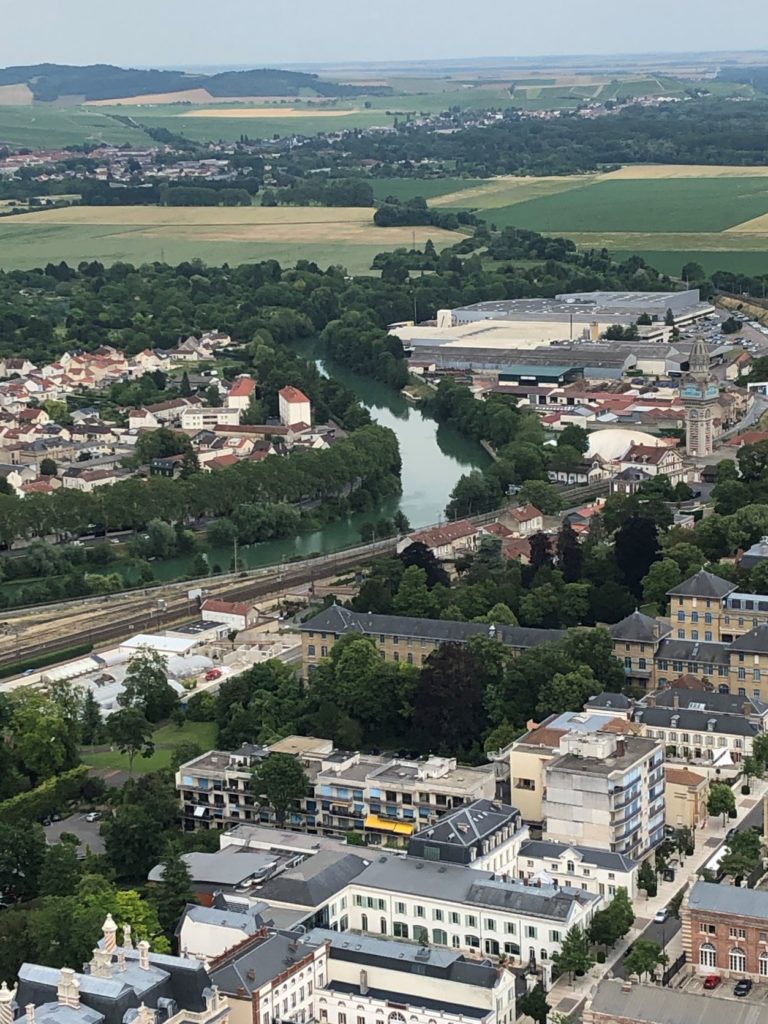
Unlike other monarchs, Henri IV had a fondness for the wines of Champagne particularly those of Aÿ. At the counsel of his doctor, he favored the light-bodied wines of Ay over those of Burgundy so much so that he built a “pressoire” (grape press) to ensure production of his favorite wine would never run out.
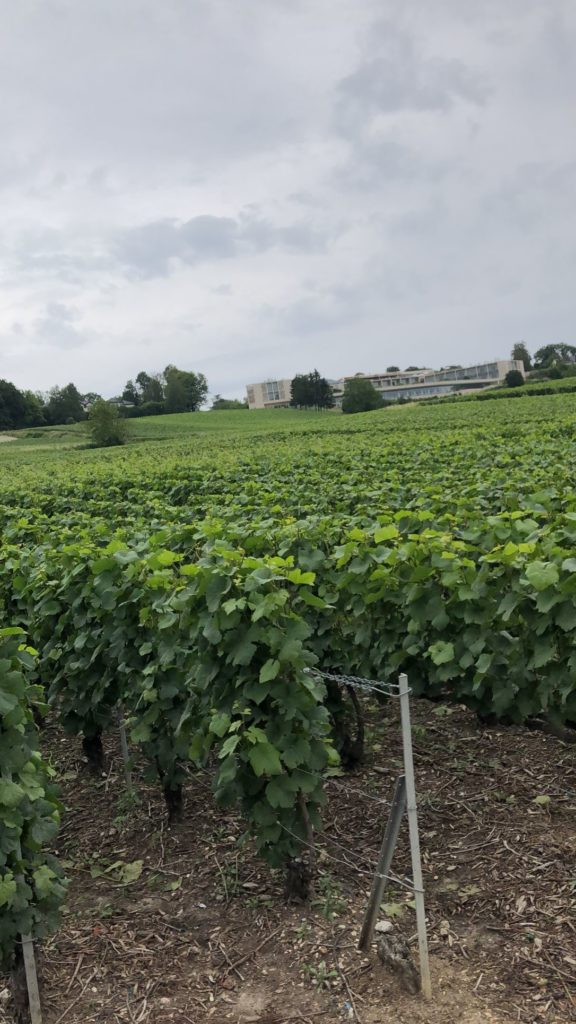
His uncanny affection for Aÿ is well documented.
In fact, he is known for famously claiming “Si je n’étais roi de France, je voudrais être seigneur d’Aÿ.” (If I were not King of France, I would like to be Lord of Aÿ).
To this day, the Agéens pay homage to Henri IV’s love for their village by hosting a special celebration every two year in his honor.
In Champagne, the wines of the Mountain and the River faced stiff competition from the wines produced in Aÿ. Having the best reputation of all champagne villages, Aÿ was able to elaborate a brilliant, robust white wine with excellent cellaring potential.
As mentioned earlier, Aÿ was already experimenting with “effervescence”. Its vineyards produced a traditionally fermented, sparkling wine dubbed “Tocane”, which by 1675 was much in demand. This new zeitgeist inspired an increasing number of winemakers to jump on the bandwagon and cash in on the new trend. Accordingly, they started to allocate a portion of their wines to the production of these “vins mousseux.”
While these “vins gris” inexplicably became petillant in Spring, no one comprehended yet how and why the wine sparkled. All they knew was that it would produce effervescence when bottled between the end of the harvest and the following May.
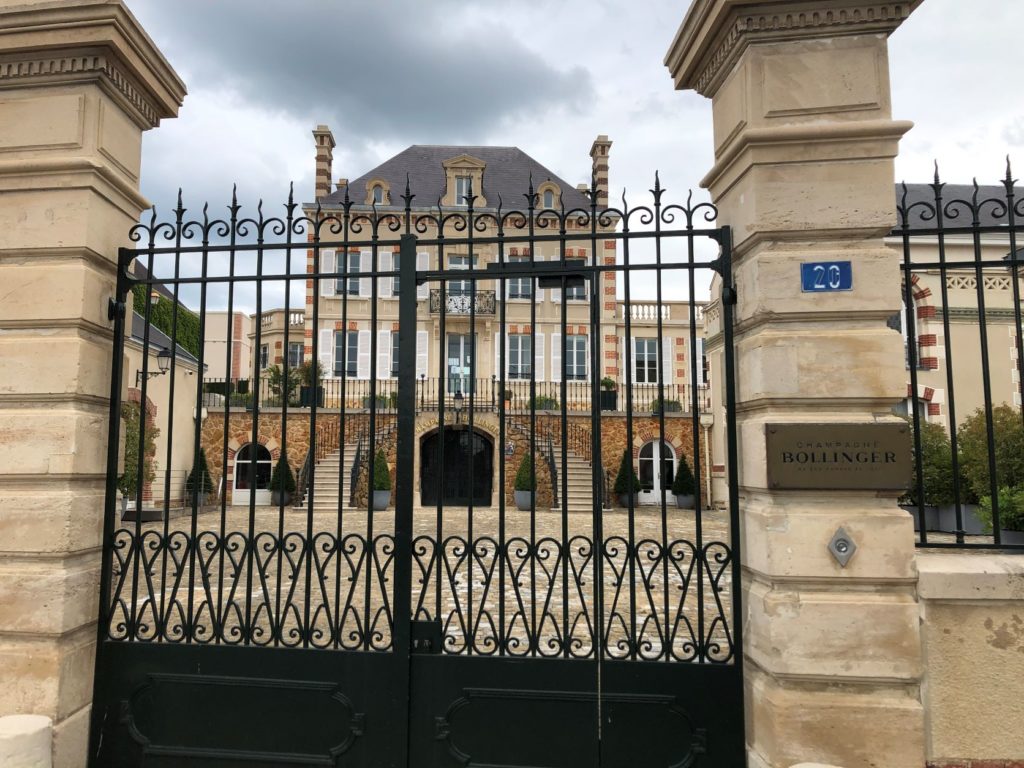
Of course, that would all change as the sheer genius of the Champenois would lead them to give birth to the legend that is champagne today.
Still retaining its standing as one of the historically significant villages in the history of Champagne, Aÿ is accordingly home of Gosset, the first and oldest winehouse (created in 1584).
Many other Champagne houses followed suit later, notably in the early 18th Century as the Vallée de la Marne became the Silicon Valley of Champagne.
Bollinger, Ayala, Deutz, Edouard Brun & Cie, Henri Giraud, Lallier, Malard and the co-operative COGEVI (Collet, Jacquart, Montaudon) are all world-renown champagne houses headquartered in Aÿ.
Santé!


